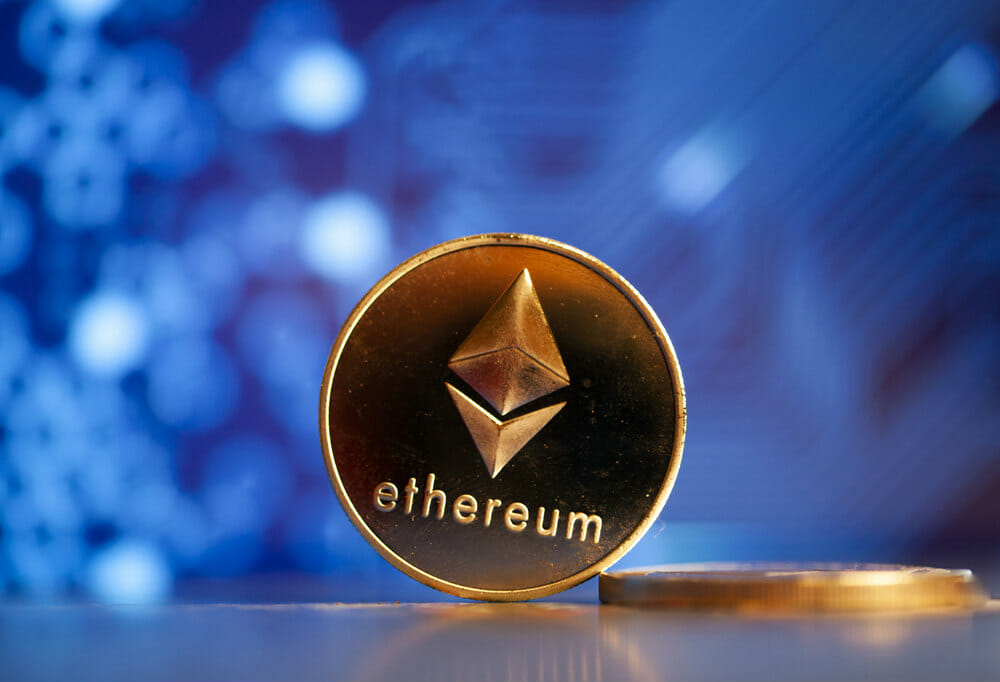Average Ethereum transaction fees fell by almost 73.3% in just one month – down to $14.17 from $53.03
The Ethereum platform first appeared in 2015, as the result of the work by the programmer Vitalik Buterin, with the perspective of creating an instrument for decentralized and collaborative applications. Ether (ETH), its native cryptocurrency, is a token used in transactions using this software. Like Bitcoin, ether exists as part of an autonomous peer-to-peer financial system, free from government intervention. Also like Bitcoin, the value of ether skyrocketed in a short time, but it has not been free of fluctuations.
Ethereum (ETH) ecosystem transaction fees underwent a declining phase starting on January 10 to record the lowest average and median fees of $14.17 and $5.67 respectively, the lowest since September 2021.
Blockchair data shows that the average ETH transaction fee in January was $53.03, which peaked at $70.83 in May 2021. In just one month, average fees saw a drop of nearly 73.3%.
Moreover, the resulting median transaction fee also saw a drop of 81.02% from $29.88 in January. Over the past six months, ETH’s median transaction fee was the lowest in September, at $6.26.
Interestingly, the Ethereum network transaction count has also dropped to numbers last seen in early 2019. Blockchair data shows that on February 1st, the Ethereum transaction count dropped to 14,574,808 from 36,851,128, a drop of 60.44% in just one month.
This is the first time in Ethereum history that the transaction count has seen such a large drop in 30 days. In November 2021, Ethereum co-founder Vitalik Buterin proposed a new limit on the total transaction calldata in a block to decrease the overall cost of calldata gas transactions on the ETH network.
It is time to take advantage of Ethereum low rates while they last
There are certainly some advantages of using Ethereum. Of all the cryptocurrencies, ether is the one that could possibly replace Bitcoin at the top of the pyramid, although the capitalization of Bitcoin exceeds that of ether by far.
One argument, for some skeptics, is that the only function of Bitcoin is to be a currency, while ether’s main function is to facilitate smart contracts and DApps (a decentralized application, an interface that connects a user to a provider’s service through a decentralized peer network, without limiting the number of users). This means that its reputation as an alternative currency may not materialize.
Fees dropped probably due to the migration of users to other blockchains. As reported by CriptoNoticias, Binance Smart Chain, Solana, Fantom, and others, have cornered part of the market traditionally occupied by Ethereum.
Scalability solutions, such as the Polygon sidechain, help decongest the network. Something similar happens with rollups, second layers of Ethereum that group transactions and execute them outside of the similar transaction.
A little over a month ago, on January 10, Ethereum saw an average of transactions almost five times higher than the current one: $53.03.
Unlike other blockchains, Ethereum fees are not only for sending money (i.e., transactions in the native ether currency) but also for interactions with smart contracts.
The latter includes, for example, non-fungible token (NFT) marketplace transactions, movements on decentralized finance (DeFi) platforms, or ERC-20 token shipments, for example, tether (USDT), DAI, or shiba inu (SHIB), among others.
It would not be any surprise that, in a few days, the Ethereum rates increase their value considerably again. If the low amounts to operate on the network attract users massively again, it would become congested again and possibly the cycle will repeat itself.
By Audy Castaneda











